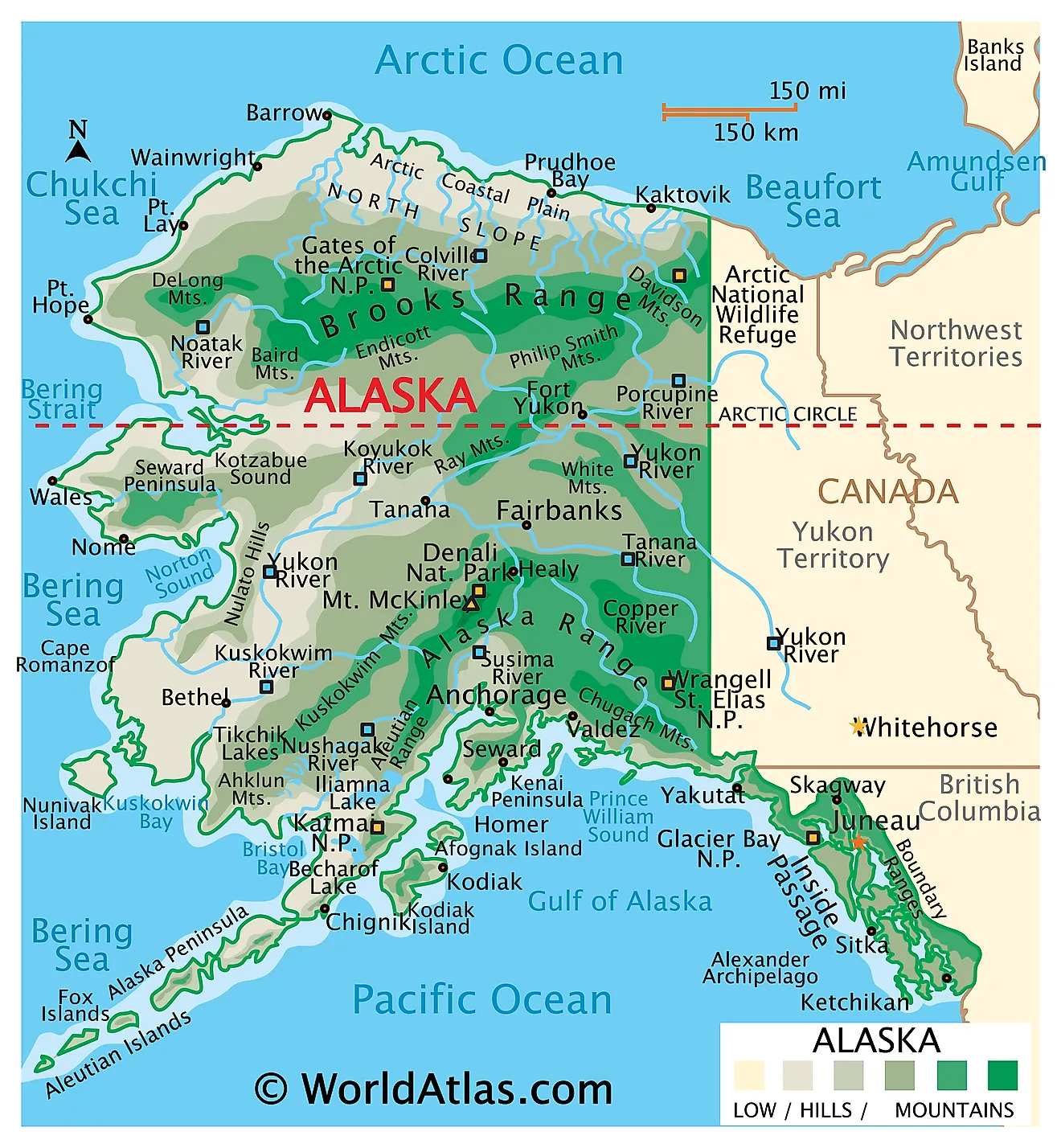Physical Address
304 North Cardinal St.
Dorchester Center, MA 02124
Physical Address
304 North Cardinal St.
Dorchester Center, MA 02124

Correct Minimum Wage in Alaska (2025)
| Category | Estimated Daily Cost |
|---|---|
| Rent + Utilities | $40–$50 (based on $1,200–$1,500 monthly) |
| Groceries | $11–$12 ($320–$350/month) SoFi |
| Transportation | $3–$4 (gas, personal vehicle use) |
| Phone & Internet | $2 |
| Total Daily Cost | ~$56–$68 |
Daily living costs often match or exceed daily earnings, especially when unexpected expenses arise (e.g., heating bills in winter).
Rural Alaska sees even higher prices—remote towns like Kotzebue pay $9+ per loaf of bread due to high shipping costsNew York Post.
In places with limited road access, costs skyrocket:
Residents often rely on subsistence hunting and fishing—a reminder that Alaska is a tale of two economies: remote vs. urban.
Voter-driven wage increase path positions Alaska as a living-labor policy case study
Daily-budget breakdowns provide snippet-ready detail for Google
Local cost contrast (Anchorage vs. Kotzebue) adds human interest
Living on $13/hour in Alaska might sound more manageable than in states stuck at the federal minimum of $7.25 — but life in Alaska comes with unique and unforgiving challenges that quickly eat away at any financial advantage.
Alaska isn’t just cold — it’s remote. Even cities like Anchorage and Fairbanks rely on long and expensive supply chains. Most food and consumer goods are shipped in from Seattle or beyond, meaning grocery prices are 30–50% higher than the national average.
And if you live in rural villages or off-road communities, forget about affordability. A loaf of bread can cost $9. Eggs? $10 or more. Fuel, diapers, bottled water, fresh produce — everything has to be flown in or barged in, especially during winter.
🔎 “You can earn more here,” says a resident of Bethel, AK, “but you spend faster than anywhere else.”
Alaska’s long winters aren’t just inconvenient — they’re deadly without proper heating. Many low-income workers spend $250–$400/month just on heating fuel in colder months. Electricity and internet costs are also among the highest in the country, especially in areas not connected to the railbelt grid.
Minimum wage might cover basic rent and food in the Lower 48, but in Alaska, it may not even keep you warm.
There’s little in the way of public transportation outside of Anchorage. In smaller towns, if you don’t own a car or snowmobile, you may not be able to get to work at all. Gas prices hover well above the U.S. average (often over $5/gallon), and vehicle maintenance is more expensive due to cold weather damage.
Add in the cost of winter tires, block heaters, and cold-start systems, and even commuting becomes a monthly burden.
Life in Alaska can also be emotionally isolating — especially for those on tight budgets. Long winters mean months of darkness, seasonal depression, and fewer free leisure opportunities. For people earning minimum wage, there’s little room for mental health care, gym memberships, or even social outings.
“In winter, you work, eat, and try to stay warm. There’s not much left after that,” says a barista in Fairbanks earning close to the minimum.